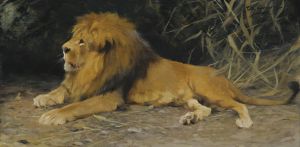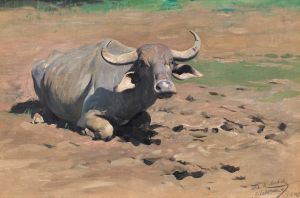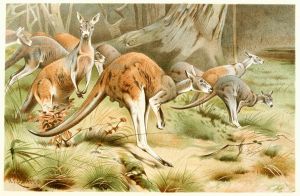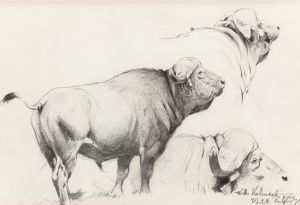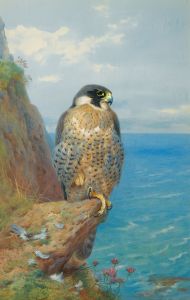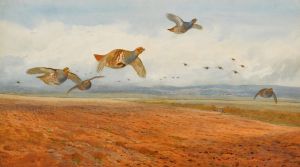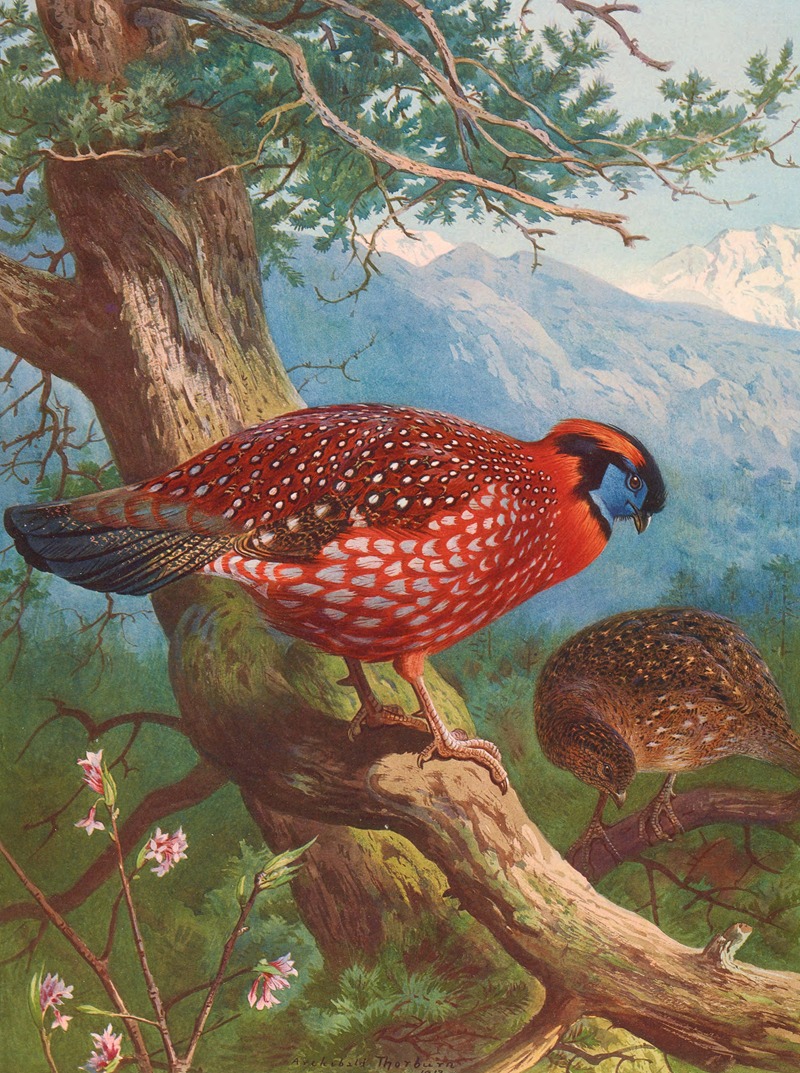
Temminck’s Tragopan
A hand-painted replica of Archibald Thorburn’s masterpiece Temminck’s Tragopan, meticulously crafted by professional artists to capture the true essence of the original. Each piece is created with museum-quality canvas and rare mineral pigments, carefully painted by experienced artists with delicate brushstrokes and rich, layered colors to perfectly recreate the texture of the original artwork. Unlike machine-printed reproductions, this hand-painted version brings the painting to life, infused with the artist’s emotions and skill in every stroke. Whether for personal collection or home decoration, it instantly elevates the artistic atmosphere of any space.
Archibald Thorburn was a renowned Scottish artist and bird illustrator, celebrated for his detailed and lifelike depictions of wildlife. Born in 1860, Thorburn developed a passion for nature and art from a young age, which he combined to create some of the most admired wildlife illustrations of his time. His work is characterized by meticulous attention to detail and a deep understanding of his subjects, often set against the backdrop of their natural habitats.
One of Thorburn's notable works is his illustration of the Temminck’s Tragopan, a bird species known for its striking appearance and vibrant plumage. The Temminck’s Tragopan (Tragopan temminckii) is a medium-sized pheasant found in the forests of the eastern Himalayas and parts of China. It is named after the Dutch naturalist Coenraad Jacob Temminck. The male of the species is particularly noted for its bright red and orange plumage, adorned with white spots, and its distinctive blue facial skin and horns, which it displays during courtship rituals.
Thorburn's illustration of the Temminck’s Tragopan captures the bird in exquisite detail, showcasing his skill in rendering the intricate patterns and vivid colors of the plumage. His ability to portray the texture and sheen of the feathers, along with the bird's natural posture and expression, reflects his keen observation and understanding of avian anatomy and behavior. Thorburn often worked from life, observing birds in their natural settings or studying specimens in museums, which contributed to the accuracy and realism of his work.
The background of the illustration typically features elements of the bird's natural habitat, such as dense foliage or forested landscapes, which Thorburn rendered with equal care and attention. This contextual setting not only enhances the visual appeal of the illustration but also provides viewers with a sense of the environment in which the bird lives, adding an educational dimension to the artwork.
Thorburn's illustrations were highly sought after during his lifetime and continue to be appreciated by art collectors, ornithologists, and nature enthusiasts. His work was featured in numerous publications, including books and periodicals dedicated to natural history and ornithology. Thorburn's contributions to the field of wildlife art have left a lasting legacy, influencing subsequent generations of artists and illustrators.
In addition to his artistic talents, Thorburn was known for his dedication to wildlife conservation. He was an advocate for the protection of birds and their habitats, and his artwork often reflected his commitment to raising awareness about the beauty and diversity of the natural world. Through his illustrations, Thorburn not only captured the aesthetic qualities of his subjects but also conveyed a sense of their ecological importance.
Overall, Archibald Thorburn's illustration of the Temminck’s Tragopan exemplifies his mastery of wildlife art and his ability to bring the beauty of the natural world to life on paper. His work remains a testament to the rich biodiversity of our planet and the enduring appeal of nature-inspired art.





